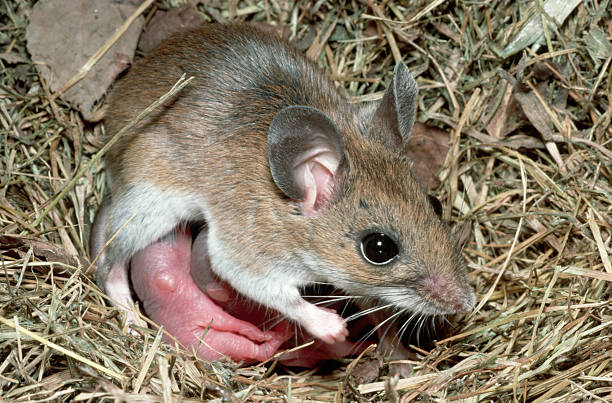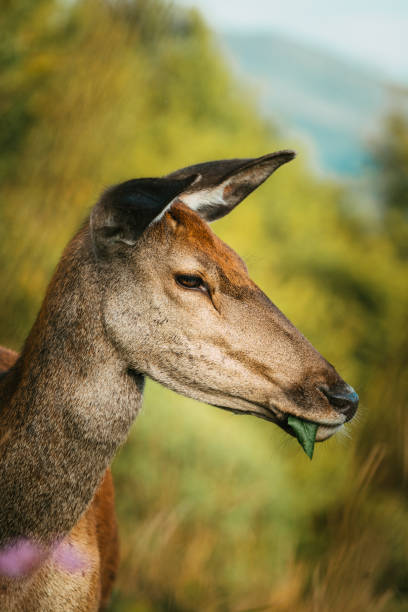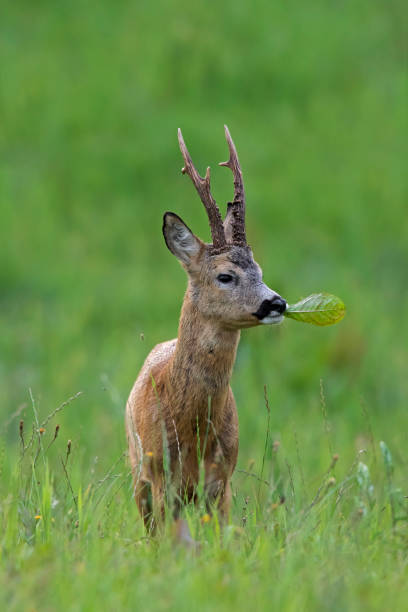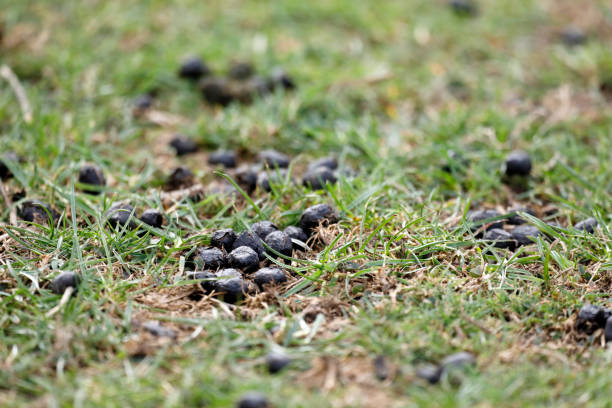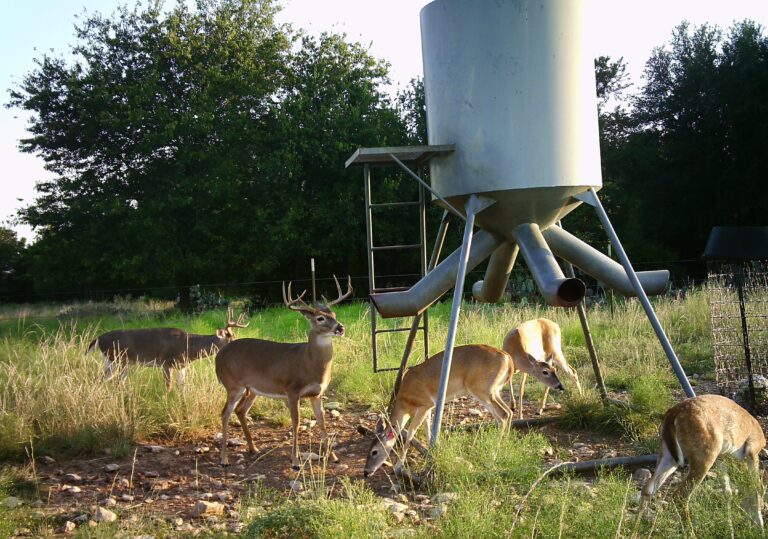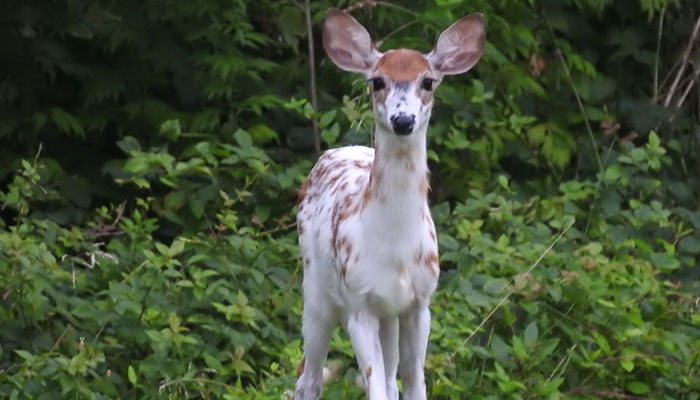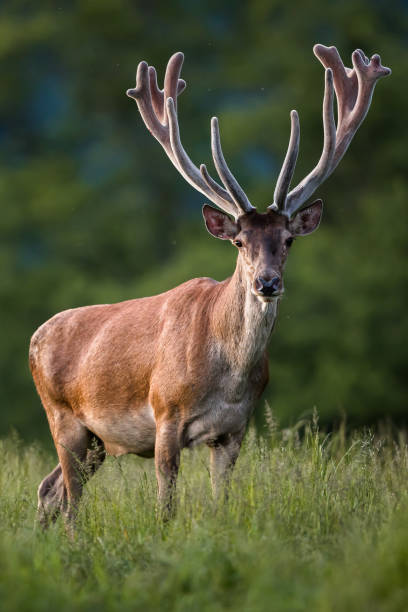What Do Deer Mice Eat In The Wild?
Are you curious about deer mice and wondering what do deer mice eat in the wild? Deer mice, scientifically known as Peromyscus maniculatus, live in various places across North America and have always been a source of fascination for scientists and wildlife enthusiasts alike.
Read on to learn everything you need to know about deer mice, especially what they are likely to eat in the wild.
Facts About Deer Mice
Deer mice, scientifically known as Peromyscus maniculatus, are tiny rodents found across different habitats in North America. They’re mostly active at night, which helps them stay safe from predators and find food in the dark.
These mice have an interesting breeding pattern. They reproduce quickly and can have several litters in a year, especially when the environment is favorable.
Deer mice eat various plant foods like seeds, and fruits, plus insects and other small animals. They’re also prey for bigger animals like owls, snakes, and foxes, which keeps the ecosystem in balance.
Despite their small size, deer mice are agile and good at escaping danger. They’re skilled climbers and can move swiftly through thick bushes to hide from predators or find a safe spot.
What Does Deer Mice Look Like?
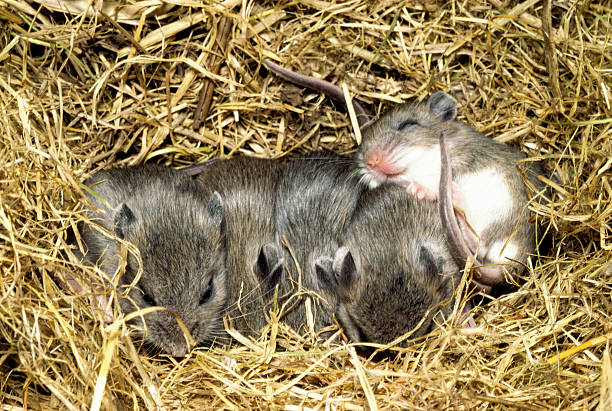
Deer mice are small rodents known for their unique appearance. They typically have brown or gray fur with white undersides, although their colors can vary based on where they live and their genetics.
One of the most noticeable features of deer mice is their big eyes, which help them to see well and navigate the dark. Their ears are also quite large, and this gives them a good sense of their surroundings.
Physically, deer mice have slim bodies with tails that are a bit shorter than their bodies. Their tails are furry and may be a bit darker than the rest of their fur.
Can Deer Mice Bite?
Deer mice, like other rodents, can bite if they’re scared or trapped. They usually avoid people and will run away if they can.
If a deer mouse does bite, it’s because it feels threatened, like if you try to hold them or they feel trapped. Their bites hurt and may be infectious, so it’s important to be careful when dealing with rodents, like deer mice.
Read also: Deer Feeding Times In Alabama
What Do Deer Mice Eat in the Wild?
In the wild, deer mice eat both plants and animals. They mainly eat seeds, nuts, berries, and fruits they find around them. They also eat insects, worms, and other small creatures that they hunt or find.
Because they eat both plants and animals, deer mice can live in different places and adjust to changes in food availability throughout the year.
For instance, in warmer months, they might eat more fruits and bugs, while in colder times, they might depend more on stored seeds and nuts.
Are Deer Mice Good Animals?
Deer mice can be said to be both good and bad. They are valuable in the wild because they help keep the environment diverse by spreading seeds, controlling insects, and being food for bigger animals.
But when they get into homes, they can cause damage to your home and spread diseases. So, while they’re valuable in the wild, they can cause problems when they get into your home.
What Diseases Do Mice Carry to Humans?
Mice do carry diseases that can be passed on to humans through direct contact with mice, their droppings, urine, or saliva, or by touching contaminated surfaces or food. Some of the diseases that mice can carry are:
- Hantavirus:
This virus is spread when people breathe in tiny particles from mouse droppings, urine, or saliva. It causes a lung condition called Hantavirus Pulmonary Syndrome (HPS), which can be deadly if not treated quickly.
- Leptospirosis:
This bacterial infection is transmitted when people come into contact with water or soil that has mouse urine in it. They may start experiencing symptoms like fever, headaches, and sometimes damage to the liver or kidneys.
- Salmonellosis:
Mice carry Salmonella bacteria, which can cause food poisoning if it get into food or onto surfaces where people drop their food. Symptoms may include diarrhea, stomach cramps, fever, and vomiting.
- Lymphocytic choriomeningitis (LCM):
This viral infection spreads when you come in contact with infected mice or their urine, droppings, or saliva. It causes symptoms like fever, headaches, and nausea, and in severe cases, it can lead to inflammation in the brain and spinal cord.
- Rat-bite fever:
Although it’s more commonly linked to rats, mice can also carry this bacterial infection, usually passing it on through bites or scratches. Symptoms can include fever, a rash, headaches, and muscle or joint pain.
Read also: How To Get Rid Of Deer Mice
Is a Deer Mouse a Rat?
No, a deer mouse is not a rat. While both are rodents, they’re different types. Deer mice belong to one family called Cricetidae, while rats belong to another family called Muridae.
Even though they may look somewhat alike with their small size and rodent features, deer mice and rats have distinct features that set them apart.
Deer mice are usually smaller and slimmer than rats. They also have bigger eyes and ears compared to their body size, which helps them see and hear better at night.
Deer mice mostly live outdoors in places like forests, grasslands, and deserts, while rats are often found in cities and human homes.
How Long Do Deer Mice Live?
In their natural habitat, deer mice usually live for about one to two years. But this depends on things like predators, how much food is available in their natural habitat, and the environment they’re in.
If they’re kept in homes as pets, deer mice might live a bit longer, sometimes up to three years or more under optimal conditions.
Do Deer Mice Live Alone or in groups?
Deer mice usually live by themselves instead of in groups. They mark their territory and only meet up to mate. Sometimes, during mating season, male and female deer mice might share a nest for a little while.
Although they might bump into each other while looking for food or in their territory, deer mice do not form social groups or colonies like some other rodent species. They prefer being alone to avoid fighting over food and getting sick from being too close to each other.
Read also: What Can Deer Eat?
Conclusion
In summary, deer mice are interesting animals with varied diets and have an important role in keeping the ecosystems healthy.
Even though they might sometimes cause problems for people when they get into homes, they play a good role in balancing and diversifying their natural habitat. Now, we can live alongside them peacefully while also protecting their homes.
